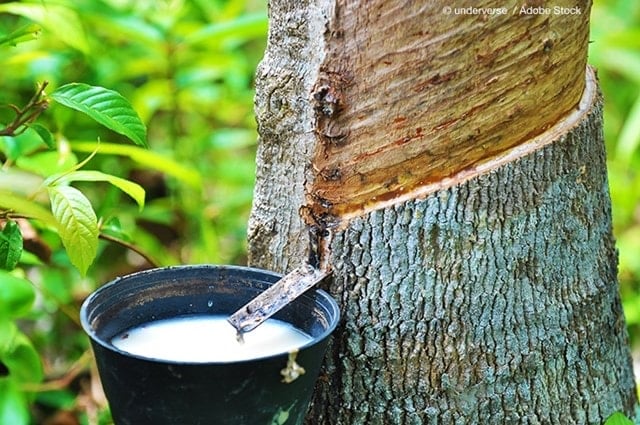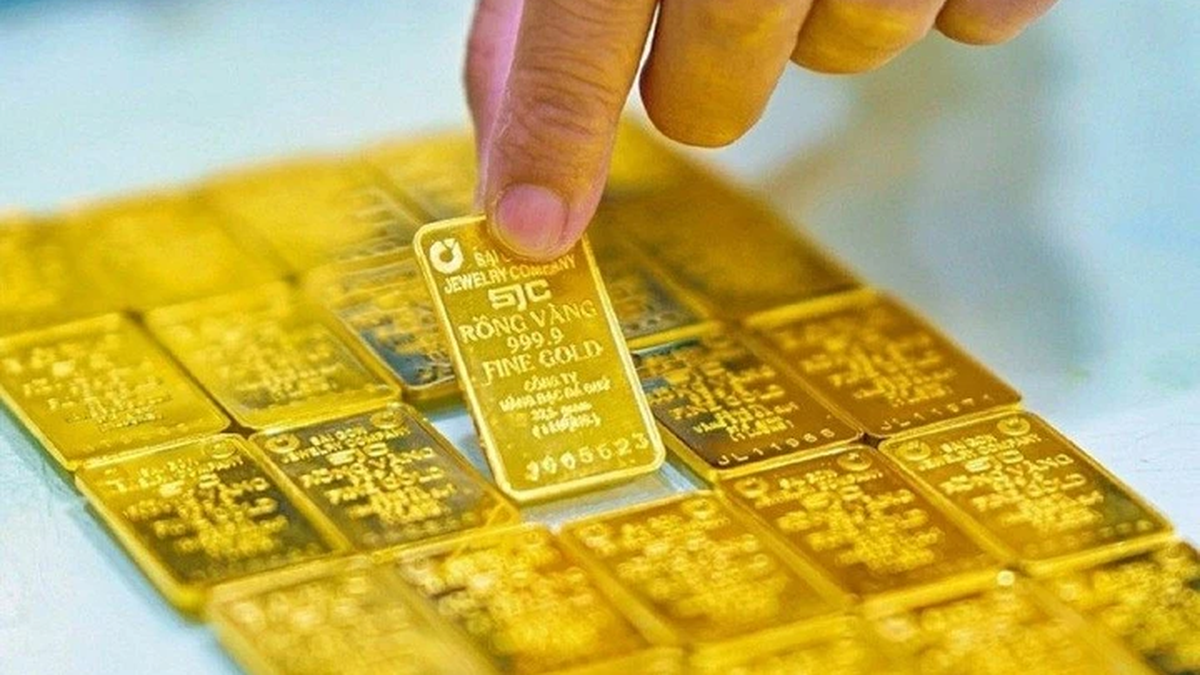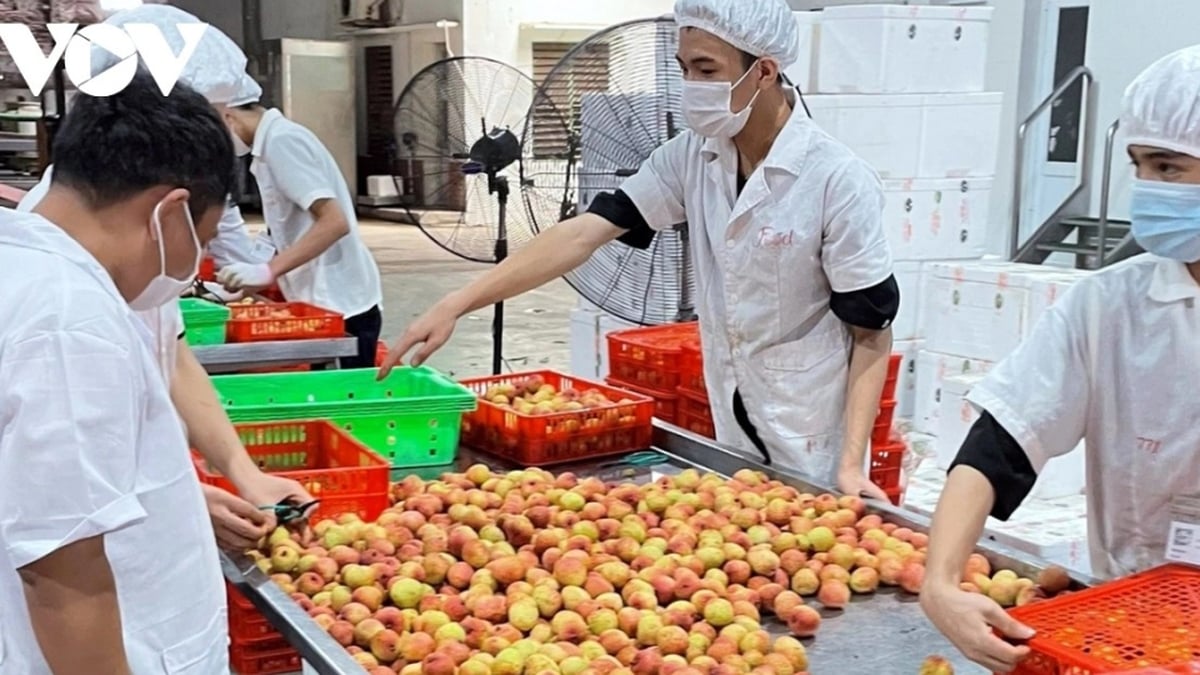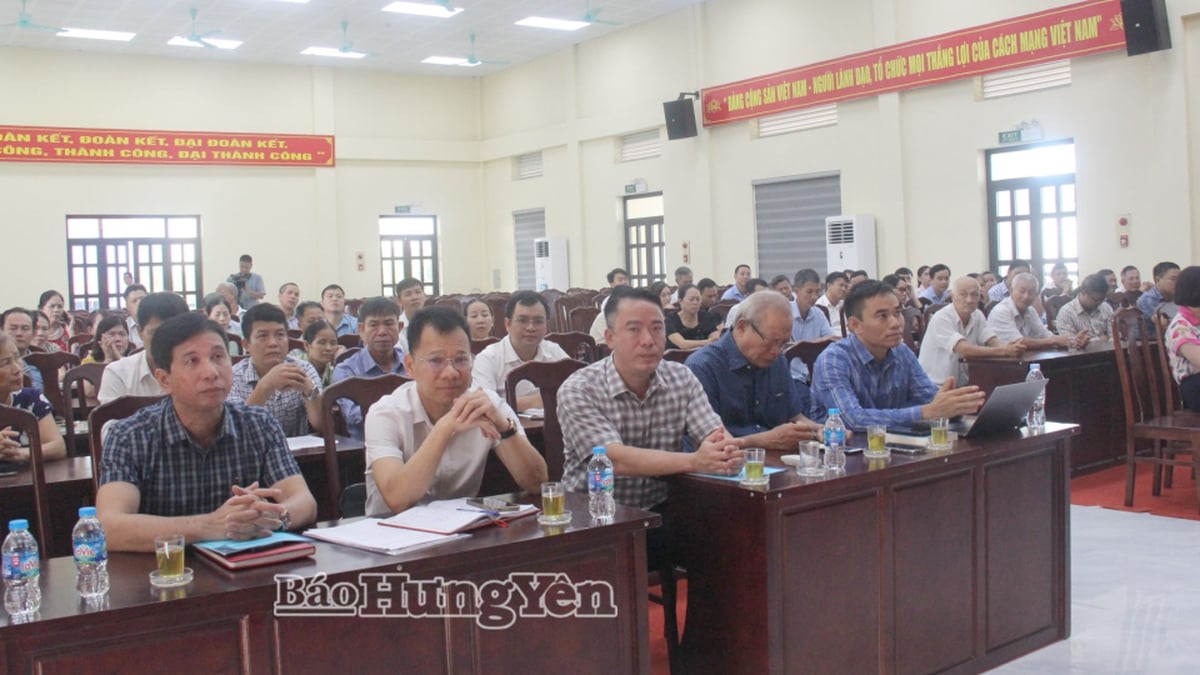World rubber prices today (August 1) recovered thanks to global trade prospects and China's industrial policy. Domestically, rubber prices at businesses remained stable.
World rubber price
At the end of this morning's trading session, the price of August rubber futures on the Shanghai Futures Exchange (SHFE) - China increased by 0.4% (60 yuan) to 15,000 yuan/ton.
On the Osaka Exchange (OSE) - Japan, rubber price increased slightly by 0.1 Yen to 320 Yen/kg.
In Thailand, rubber futures for August delivery fell 1.5% (1.09 Baht) to 72.28 Baht/kg.

Japanese rubber futures rebounded on positive developments in global trade talks and a new commitment from China to improve industrial capacity management, Reuters reported. However, news of a global production cut from Nissan raised concerns about demand in the auto industry, which uses a large amount of rubber for tires.
According to Chinese state media, at a recent Politburo meeting, the country's top leaders pledged to better manage production capacity and competitiveness in key industries in the second half of 2025. The move is expected to help reduce oversupply in some sectors, including rubber, Reuters reported.
Meanwhile, US and Chinese officials reached an agreement to extend a 90-day tariff truce after two days of talks in Stockholm. The agreement comes after the US and the European Union reached a consensus earlier this week that tariffs on most goods would remain at 15%, half the level that had been threatened.
However, rubber prices remain under pressure due to high inventories, despite a seasonal increase in export shipments, according to brokerage Hexun Futures.
Meanwhile, Nissan, one of Japan’s major automakers, has just announced plans to cease operations at its Civac plant in Mexico by March 2026 as part of a global restructuring strategy. This decision will reduce Nissan’s global production capacity from 3.5 million to 2.5 million vehicles per year, while cutting the number of factories from 17 to 10.
The cuts reflect a trend of adjustment in the global auto industry, and could affect rubber demand, especially in the tire manufacturing sector – a major application of natural rubber.
Elsewhere in Europe, the European Commission has launched an in-depth investigation into the €12 billion deal between Abu Dhabi National Oil Company (Adnoc) and German chemical company Covestro. Brussels is concerned that subsidies from the UAE government – including unlimited guarantees and capital commitments – may have tipped the balance in the acquisition process, putting unsubsidized investors at a disadvantage, according to a statement on July 28.
The Commission said it would investigate whether the subsidies led Adnoc to set prices and financial terms that were far above market levels, thereby hindering fair competition. Under EU foreign aid rules, the Commission has 90 working days until December 2 to make a final decision.
The above developments show that geopolitical, commercial and industrial factors are deeply affecting the global raw material and production markets, in which the rubber and automobile industries are the two sectors most directly and complexly affected.
Domestic rubber price
Domestically, businesses stabilize rubber prices. Specifically, Phu Rieng Company offers to purchase mixed latex at 385 VND/DRC, and latex at 415 VND/TSC.
Binh Long Company, rubber purchase price at the factory is 409 VND/TSC/kg; purchase price at the production team is 399 VND/TSC/kg; price of mixed latex (DRC 60%) is 14,000 VND/kg.
MangYang Company quotes the purchase price of latex at about 392 - 396 VND/TSC (type 2 - type 1), mixed latex at about 352 - 401 VND/DRC (type 2 - type 1).
Ba Ria Rubber Company also reported a stable purchase price of liquid latex at 385 VND/TSC degree/kg (applied to TSC degree from 25 to under 30); DRC coagulated latex (35 - 44%) at 12,300 VND/kg, raw latex recorded at 15,300 - 16,500 VND/kg.
Source: https://baolamdong.vn/gia-cao-su-hom-nay-1-8-cao-su-the-gioi-phuc-hoi-tang-384620.html


































































































Comment (0)